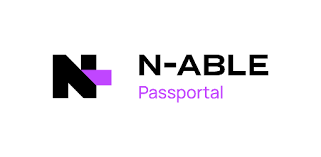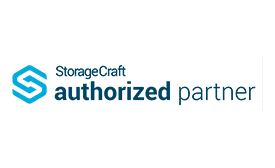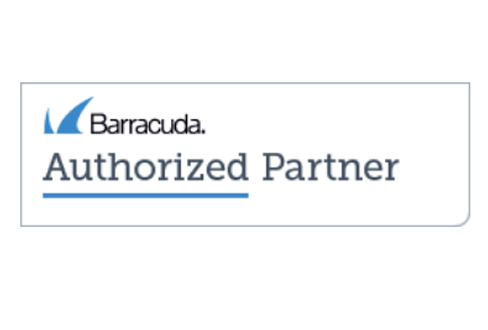Keeping it Reel: Tips to Prevent Phishing Attacks
There’s no avoiding the fact that we live in a digital world. We are on our computers, smartphones, and tablets constantly emailing, shopping, and searching the World Wide Web. Because of this, scammers will do their best to find your contact information and target you for illegitimate reasons, also known as phishing. They might try and get personal information like your social security number or bank account, or have you tap on links that can steal your computer details with the click of a button, which is why it’s important to know some handy tips to avoid these phishing expeditions.
Cautious Clicking
We get inundated with emails on a regular basis, from family and friends to retailers and national organizations, but it’s important to read the details before you click anything, even if it comes from what you think is a trusted name. Scammers often try make themselves look like someone you know or an organization you trust, so you don’t think before you click. Look for some obvious signs before you move forward, like examples that the email is intended for a general audience, instead of personalized for you. This might look like wording such as “Dear Customer” or contain no identifying phrase at all. Also, if there’s no webpage that you can directly check the source of where the email came from, that’s a major red flag. If you have any hesitation, it’s good to contact the company directly.
Safety Software
Finding phishing scams doesn’t have to be an individual task. There are a host of options out there to help minimize your risk and catch scammers before they even reach your inbox. Most internet browsers give you the option to install an anti-phishing toolbar. This toolbar will scan the websites you go to and alert you if they suspect something’s wrong. Most of the time these toolbars are completely free, and an easy step to prevent big problems. Another option is getting antivirus software. It’s just another layer of protection that you can easily install, and let it do the work for you. There are various options out that will fit the type of protection that you’re looking for when browsing the web, so you can feel safe and secure.
Keep it Personal
One big red flag that is often a sign of a scammer, is asking for personal information in an unsecured way, such as email. Scammers tend to send you to a third-party site where you share things such as your home address, bank account information, or even your social security number. Most companies will not ask for your personal information over email, or they’ll send you to a secure page with your confidential login information to verify it’s you. Again when in doubt, it’s best to reach out to the company by phone to verify if it’s legit or not.

















